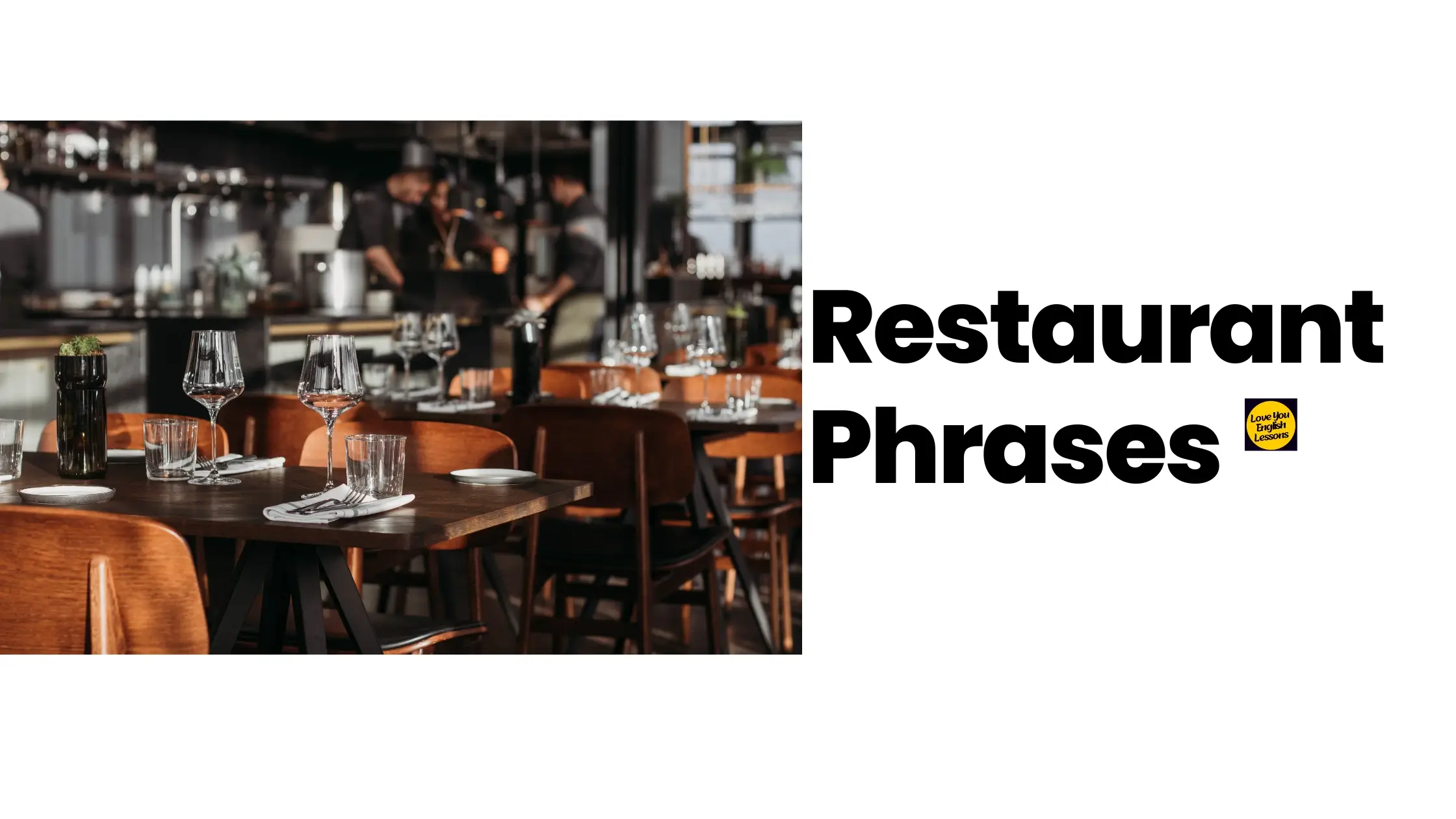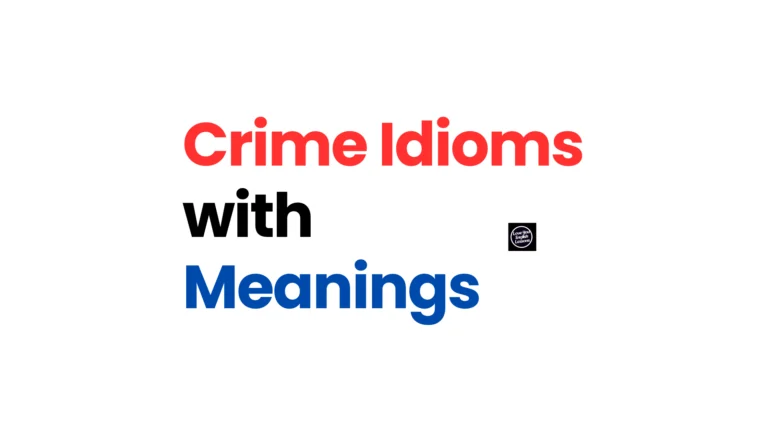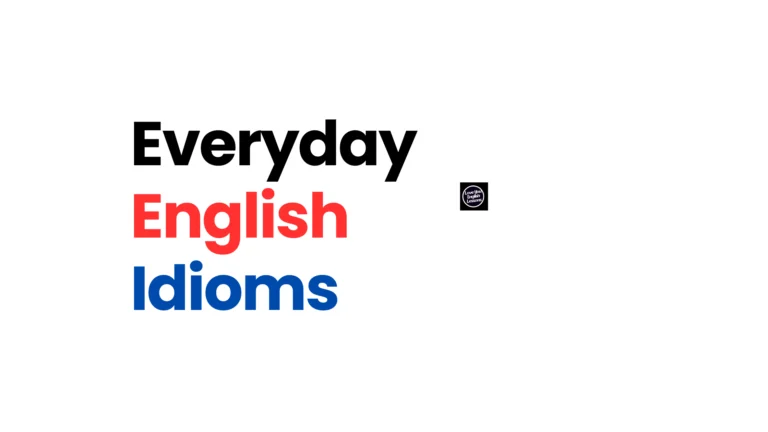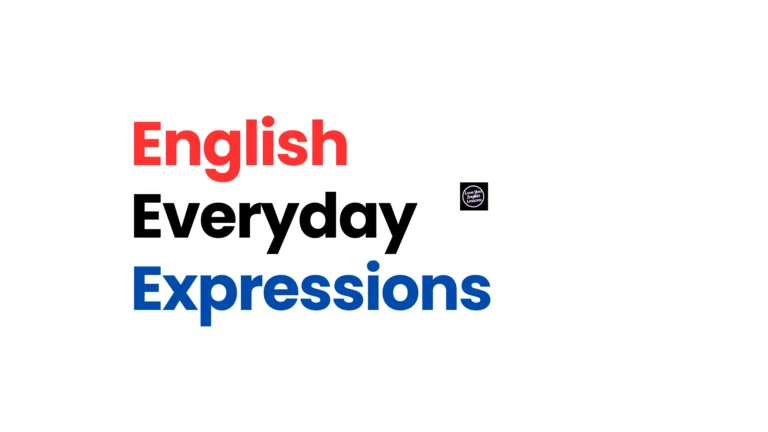Mastering English Restaurant Phrases: Your Guide to Dining with Confidence
Mastering English Restaurant Phrases: Your Guide to Dining with Confidence
Introduction
Dining out is more than just a necessity; it’s a social experience, a cultural exploration, and often a highlight of our day or week.
However, for non-native English speakers or those unfamiliar with restaurant etiquette, it can sometimes be a daunting experience. Fear not!
This post will equip you with all the English phrases and vocabulary you need to navigate any dining situation with ease and confidence.
From making reservations to understanding menu descriptions, ordering your meal, and handling any issues that may arise, we’ll cover it all.
By the end of this post, you’ll be ready to enjoy your dining experiences to the fullest, armed with the language skills to communicate effectively in any restaurant setting.
Making Reservations
The dining experience often begins before you even step foot in the restaurant.
Making a reservation is a crucial first step, especially for popular establishments or special occasions.
Here are some key phrases to help you secure your table:
- “I’d like to make a reservation, please.”
- “Do you have a table available for [number of people] on [day] at [time]?”
- “Is there availability for dinner this Friday night?”
- “Could I book a table for two at 7:30 PM?”
- “Do you have any outdoor seating available?”
- “Is there a dress code for your restaurant?”
If you need to modify or cancel your reservation:
- “I’d like to change my reservation, please.”
- “Could I move my booking to 8 PM instead of 7 PM?”
- “I need to cancel my reservation for tonight.”
- “Is it possible to add two more people to our reservation?”
Remember to always be polite and thank the staff for their assistance:
- “Thank you for your help.”
- “I appreciate your assistance.”
Arriving at the Restaurant
When you arrive at the restaurant, you’ll likely interact with the host or hostess.
Here are some phrases to help you check in:
- “Hello, I have a reservation for [your name] at [time].”
- “We’re walk-ins. Do you have any tables available?”
- “How long is the wait for a table for two?”
- “Could we sit at the bar while we wait?”
- “Is it possible to get a booth instead of a table?”
If you have any special requests, now is the time to mention them:
- “Could we have a table away from the kitchen, please?”
- “We have a stroller with us. Is there a good spot for us?”
- “I’m celebrating my birthday. Do you have any special tables?”
Understanding the Menu
Navigating an English menu can be challenging, especially when faced with unfamiliar dishes or culinary terms. Here’s a breakdown of common menu sections and some phrases to help you understand and inquire about menu items:
Appetizers/Starters:
- “What are your most popular appetizers?”
- “Is the portion size enough to share?”
- “Does this dish contain any allergens?”
Main Course:
- “What do you recommend for the main course?”
- “How is the [dish name] prepared?”
- “Is this dish spicy?”
Sides:
- “What sides come with this entrée?”
- “Can I substitute the [side dish] for something else?”
Desserts:
- “What’s your signature dessert?”
- “Are there any desserts that don’t contain nuts?”
When you need more information:
- “Could you explain what [dish name] is?”
- “What does [culinary term] mean?”
- “Is this dish vegetarian/vegan/gluten-free?”
Ordering Your Meal
Once you’ve decided what to eat, it’s time to place your order. Here are some phrases to help you communicate your choices clearly:
Starting the order:
- “I think we’re ready to order.”
- “Could we place our order, please?”
Ordering your food:
- “I’ll have the [dish name], please.”
- “For my starter, I’d like the [appetizer name].”
- “As a main course, I’ll go with the [entrée name].”
- “Could I get the [dish name] for dessert?”
Specifying your preferences:
- “I’d like my steak medium-rare, please.”
- “Can I have the dressing on the side?”
- “No onions for me, please.”
- “Is it possible to get this dish without [ingredient]?”
Ordering drinks:
- “What wines do you recommend with this dish?”
- “I’ll have a glass of the house red, please.”
- “Can I see the cocktail menu?”
- “Just water for me, thanks.”
During the Meal
As you enjoy your meal, you might need to interact with the wait staff for various reasons. Here are some useful phrases:
Requesting items:
- “Excuse me, could we get some more water, please?”
- “May I have some extra napkins?”
- “Could you bring us some more bread?”
- “We need another set of cutlery, please.”
Asking about the food:
- “What sauce is this?”
- “Are these mushrooms locally sourced?”
- “Is this dish supposed to be served cold?”
Expressing satisfaction or dissatisfaction:
- “This is delicious! My compliments to the chef.”
- “I’m afraid this isn’t quite what I expected.”
- “Excuse me, but my steak is overcooked. Could you please have it redone?”
Handling Special Dietary Requirements
If you have specific dietary needs or restrictions, it’s important to communicate these clearly.
Here are some phrases to help:
- “I have a severe nut allergy. Can you guarantee that this dish is nut-free?”
- “I’m vegetarian. Are there any meat-free options you’d recommend?”
- “I’m gluten-intolerant. Which dishes on your menu are gluten-free?”
- “I’m on a low-sodium diet. Could you prepare this dish without added salt?”
- “Are any of your desserts dairy-free?”
Always clarify the severity of your dietary restrictions:
- “Even a small amount of [allergen] could cause a severe reaction for me.”
- “Cross-contamination is a concern for me. How do you handle that in your kitchen?”
Paying the Bill
When your meal is coming to an end, you’ll need to ask for and pay the bill. Here are some useful phrases:
Requesting the bill:
- “Could we have the bill, please?”
- “We’re ready for the check when you have a moment.”
- “I’d like to settle up, please.”
Splitting the bill:
- “Could we split the bill, please?”
- “We’d like separate checks, if possible.”
- “I’ll cover the entire bill.”
Tipping:
Payment methods:
- “Do you accept credit cards?”
- “Can I pay by contactless?”
- “Do you have a mobile payment option?”
Leaving the Restaurant
As you prepare to leave, it’s polite to express your appreciation.
Here are some phrases to use:
- “Thank you for the wonderful meal.”
- “We had a great time. The food was excellent.”
- “Please give our compliments to the chef.”
- “The service was outstanding. Thank you so much.”
If you had any issues, you might say:
- “Thank you for addressing our concerns about [issue]. We appreciate your responsiveness.”
And if you plan to return:
- “We’ll definitely be back soon!”
- “Looking forward to trying more of your menu next time.”
Useful Vocabulary for Different Cuisines
Different cuisines often come with their own specialized vocabulary. Here’s a brief overview of terms you might encounter in various types of restaurants:
Italian cuisine:
- Al dente: Pasta cooked to be firm to the bite
- Antipasti: Appetizers
- Dolce: Dessert
- Primi: First course, usually pasta or risotto
- Secondi: Main course, usually meat or fish
French cuisine:
- Amuse-bouche: A small, complimentary appetizer
- À la carte: Ordering individual dishes rather than a set menu
- Prix fixe: A fixed price menu with limited choices
- Sommelier: Wine expert
Japanese cuisine:
- Sashimi: Raw fish slices
- Tempura: Deep-fried seafood or vegetables
- Maki: Sushi rolls
- Omakase: Chef’s choice menu
Mexican cuisine:
- Enchiladas: Rolled tortillas filled with various ingredients and covered in sauce
- Guacamole: Avocado-based dip
- Pico de gallo: Fresh salsa
- Mole: Complex sauce often containing chocolate
Indian cuisine:
- Tandoori: Food cooked in a clay oven
- Naan: Flatbread
- Vindaloo: A spicy curry dish
- Lassi: Yogurt-based drink
Restaurant Etiquette Tips
Understanding restaurant etiquette can enhance your dining experience and show respect for the establishment and other diners.
Here are some key points to remember:
- Dress appropriately: Some restaurants have dress codes. If unsure, it’s better to dress up slightly than to underdress.
- Be punctual: Arrive on time for your reservation. If you’re running late, call the restaurant to inform them.
- Use your napkin: Place it on your lap when seated and on the table if you leave temporarily.
- Use utensils from the outside in: Start with the outermost utensils and work your way in with each course.
- Don’t talk with your mouth full: It’s considered impolite and can be unappetizing for others.
- Be mindful of noise levels: Keep conversations at a reasonable volume, especially in upscale establishments.
- Put your phone away: It’s polite to focus on your dining companions rather than your device.
- Signal when you’re finished: Place your knife and fork together on the plate to indicate you’ve finished eating.
Handling Difficult Situations
Even with the best preparation, sometimes things don’t go as planned.
Here’s how to handle some common issues:
If your food is not cooked to your liking:
- “I’m sorry, but this steak is overcooked. I ordered it medium-rare. Could you please have it prepared again?”
- “This soup is cold. Could you heat it up a bit more, please?”
If there’s a mistake in your order:
- “Excuse me, but I ordered the chicken, not the fish. Could we sort this out?”
- “I believe there’s been a mix-up. We didn’t order this dish.”
If the service is slow:
- “I don’t mean to rush you, but we’ve been waiting for quite a while. Could you check on our order, please?”
- “We have a theater show to catch. Is it possible to expedite our order?”
If there’s an issue with the bill:
- “I think there might be a mistake on our bill. Could we go over it together?”
- “This item wasn’t supposed to be charged. Could you remove it, please?”
Remember, always remain polite and calm when addressing issues.
Most restaurants will be happy to rectify any problems if approached respectfully.
Conclusion
Mastering English restaurant phrases is an invaluable skill that can significantly enhance your dining experiences.
From making reservations to ordering your meal, handling special requests, and dealing with any issues that may arise, effective communication is key to enjoying your time at any restaurant.
Remember, practice makes perfect. Don’t be afraid to use these phrases in real-life situations.
Most restaurant staff are patient and understanding, especially if they see you’re making an effort to communicate clearly.
Dining out is not just about the food; it’s about the entire experience.
With these phrases and tips in your repertoire, you’ll be well-equipped to navigate any dining situation with confidence and ease.
So go ahead, make that reservation at the restaurant you’ve been eyeing, and enjoy your meal to the fullest!
Bon appétit, or as we say in English, enjoy your meal!
____________________
Check out these awesome phrases & Idioms books I recommend:
IDIOMS and PHRASES Anglo,Synonyms and Antonyms Anglo,One Word Substitution







